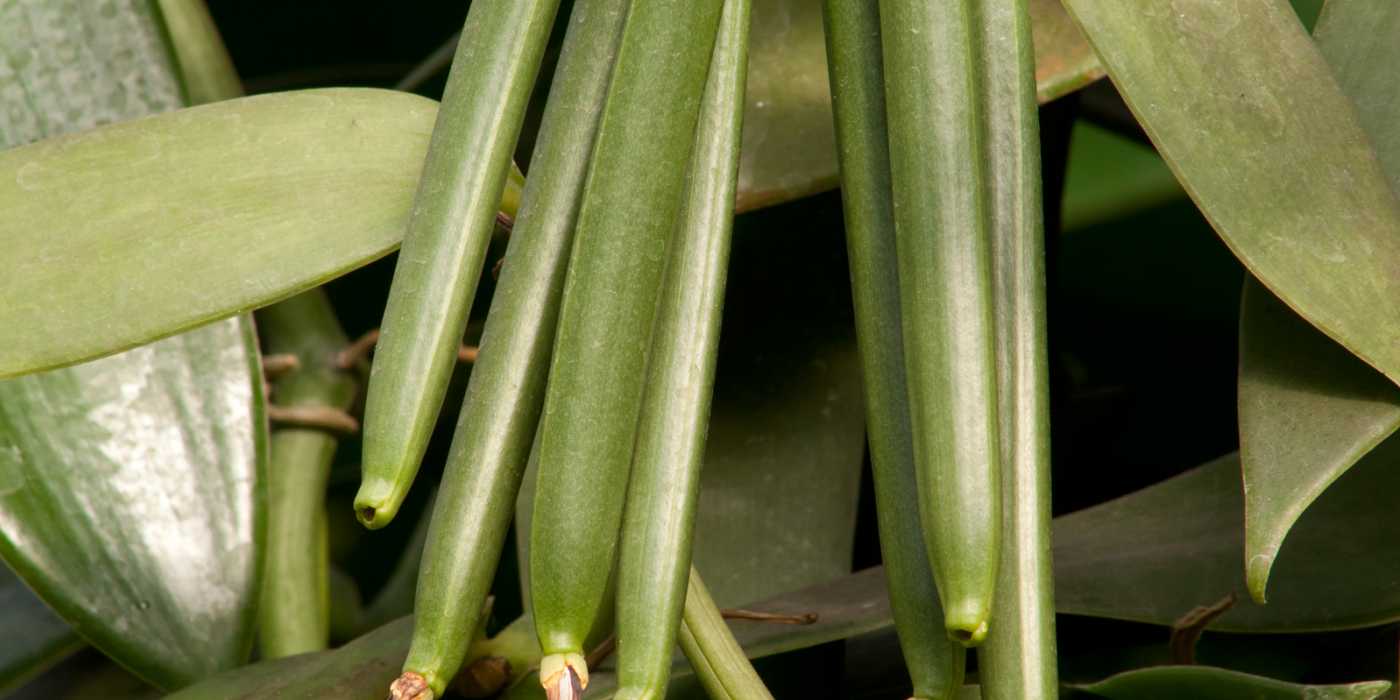Vanilla is one of the world’s most popular seasonings and an important ingredient in products ranging from perfume to ice-cream; but it is no longer the staple it was around the world. Madagascar, the world’s main producer, is facing a crisis.
The great chefs are now turning their backs on vanilla. Famed French chef Gilles Marchal, whose restaurant is in Montmartre, Paris, declared with regret that he now works much less with the black and bean-shaped pod, France24 reported.
The reason being that the price is now equivalent to that of gold per kilo, and is eight times the price it was just a few years ago. The price per kilo has jumped from $50 in 2012-2013 to $400 in 2016-17, according to a 2017 Cyclope report (the bible of commodities traded internationally).
Several factors explain this price spike including uncontrolled market speculation and a vanilla crop failure in Madagascar, which produces 80% of the global supply. The island was also hit by Cyclone Enawo in March 2017, which destroyed many of the vanilla orchids which produce the seed pods, and this was followed by a major drought.
“Vanilla today costs $600 per kilo, it’s huge,” says Georges Geeraerts, president of the group of vanilla exporters from Madagascar (GEVM).
In the northeast of the island, where the majority of vanilla plantation is located, this price rise stands in stark contrast with living standards, with workers earning just one euro a day.
Violent thefts of the highly valued crops have hit such a level that locals are calling for armed police guards. But many Madagascans are taking matters into their own hands.
Dozens of thieves have been apprehended in recent weeks; and such is the anger some have ended up being brutally murdered.
The impact is widespread in the food industry: some pastry chefs—industrial or artisanal—have replaced natural vanilla with a synthetic version, which sell for a more reasonable $12 to $18 per kilo.
“If agri-food professionals adopt these substitutes, it will be difficult to get them to return to the natural flavors,” explains Geeraerts.


